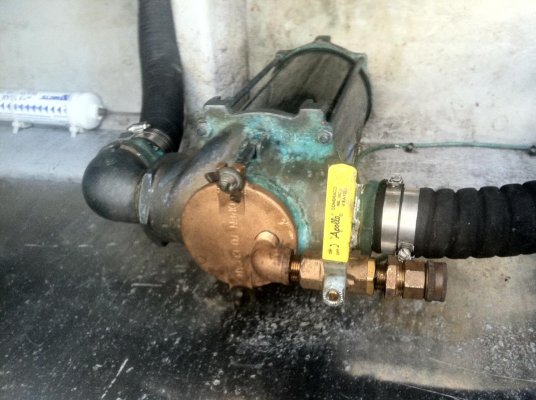Lshulan
Senior Member
- Joined
- Jan 10, 2022
- Messages
- 156
- Vessel Name
- Voyager
- Vessel Make
- Mainship 390
my new to me MS 390 2002 with Yanmar 6lya-stp 370hp has the typical raw water strainer between thru hull and raw water pump. This boat had previously only been in fresh water (other than 1 year) and I'd like to keep it that way as much as possible. So adding a fresh water rinse would be a large improvement. Have any of you added a fresh water rinse option to the raw water system? I understand that there are several ways to do this, one is to change the top of the raw water strainer bucket to one with a quick connect for garden hose and a shut off valve. I'd like to do this myself as this would seem to be very simple and reliable. I don't want to try to mess with the hoses, they look like I'd be cursing and bleeding by the time I was done and I'm looking for simple. Any ideas would be appreciated. If you have any details (such as brand and model numbers, specs, etc) even more appreciated.

